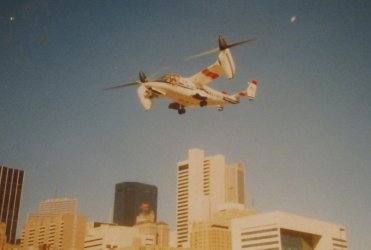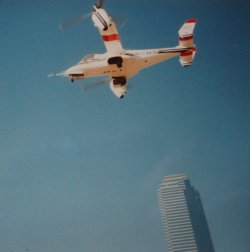As a former UH-60 Blackhawk instructor pilot I want a seat in the Q-course. Unfortunately the 101st Abn Div is not taking old guys. Maybe I could lie about my age.

 www.armyrecognition.com
www.armyrecognition.com

Bell V-280 Valor Named MV-75 as Next Generation Bell V-280 Valor Named MV-75 as Next Generation MultiRole Combat Helicopter for U.S. Army
Bell V-280 Valor Named MV-75 as Next Generation MultiRole Combat Helicopter for U.S. Army
 www.armyrecognition.com
www.armyrecognition.com


